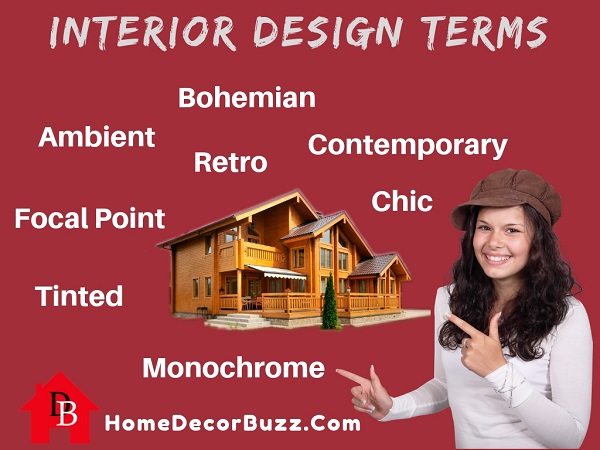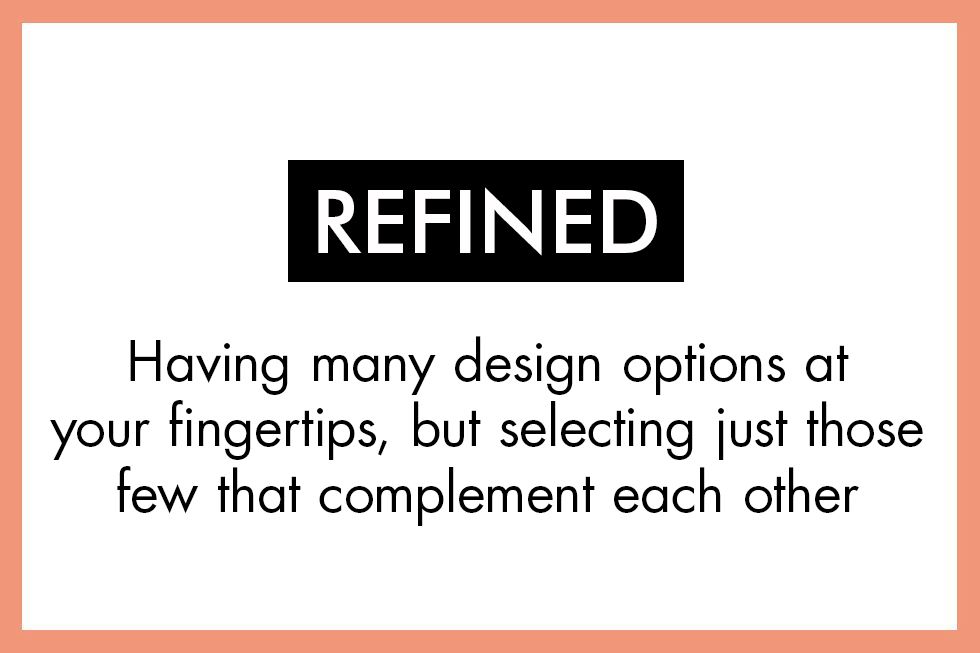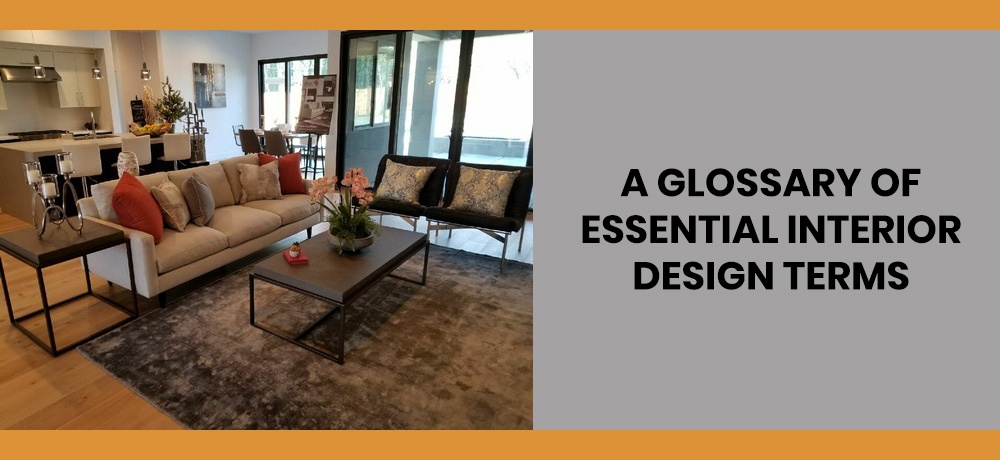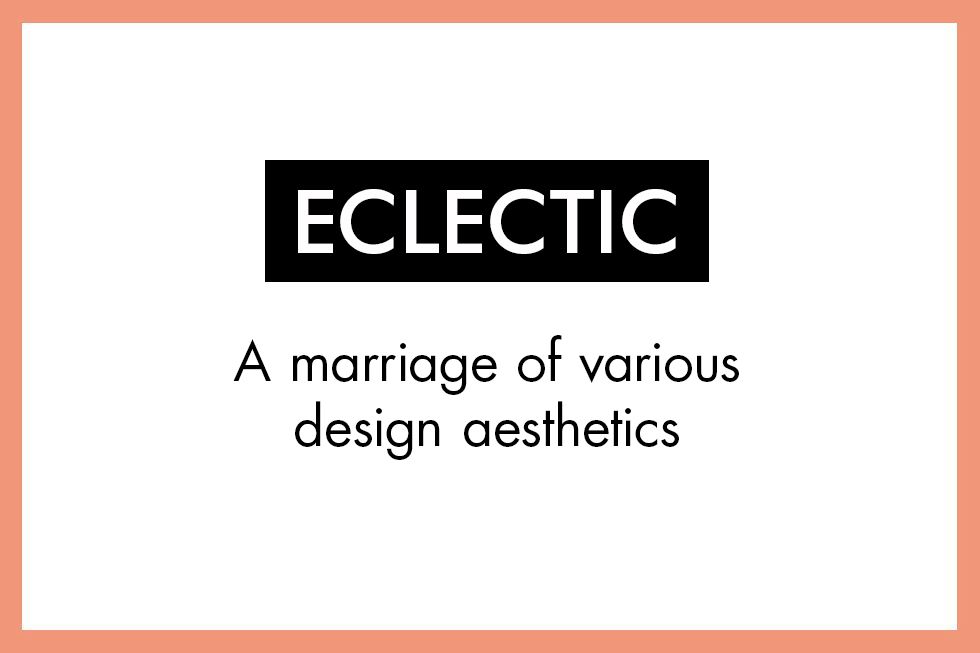Interior decorating is as much about personal expression as it is about creating a functional space. Whether you’re a seasoned decorator or just starting to explore the world of design, understanding key terms can help you articulate your vision and enhance your projects. In this article, we’ll delve into essential interior decorating terms, provide insight into their meanings, and share personal anecdotes to help make them relatable.
The Importance of Interior Decorating Terms
Having a firm grasp of interior decorating terminology can significantly improve your understanding of design concepts and communication with professionals. It allows you to express your ideas clearly and ensures that your design vision is translated correctly. Let’s explore some of the important terms that every aspiring interior decorator should know.
Color Theory
Color theory is the foundation of interior design. Understanding how colors interact can greatly impact the mood and aesthetic of a space.
Primary Colors
- Red
- Blue
- Yellow
Secondary Colors
- Green (Blue + Yellow)
- Orange (Red + Yellow)
- Purple (Red + Blue)

Color Harmonies
Using color harmonies can create visually appealing palettes. Here are some popular harmonies:
- Monochromatic: Variations of a single color.
- Analogous: Colors that sit next to each other on the color wheel.
- Complementary: Colors opposite each other on the color wheel.
Textures and Finishes
Different textures and finishes can add depth and interest to your décor. Here’s a breakdown of key terms:

| Texture/Finish | Description | Where to Use |
|---|---|---|
| Smooth | A surface that has no bumps or ridges. | Modern furniture and glossy paint finishes. |
| Rough | Textured surfaces that can be tactile. | Accent walls or rustic furniture. |
| Matte | A non-reflective surface. | Walls and fabrics for a soft look. |
| Satin | A finish that has a slight sheen. | Interior trim and cabinets. |
Personal Experience
When I first started decorating my home, I gravitated towards a matte finish for my walls. I wanted a welcoming, warm atmosphere. As I learned more about finishes, I discovered that adding satin-finished accents gave my space a subtle elegance that I hadn’t anticipated!

Furniture Styles
Understanding different furniture styles is crucial for creating a cohesive look in your space.
Popular Furniture Styles
- Mid-Century Modern: Characterized by clean lines and organic shapes, often in vibrant colors.
- Industrial: Raw materials like metal and wood, often with an unfinished look.
- Scandinavian: Minimalistic, functional, and often features light colors and natural materials.
- Bohemian: An eclectic mix of patterns, colors, and textures that reflect a carefree lifestyle.

Choosing the Right Style
When selecting furniture, consider the overall theme of your space. Combining different styles can create a unique look, but be cautious of overwhelming the viewer.
Principles of Design
To create a harmonious space, it’s essential to understand the key principles of design.

| Principle | Description | Example |
|---|---|---|
| Balance | The distribution of visual weight in a space. | Symmetrical vs. asymmetrical arrangements. |
| Contrast | The juxtaposition of differing elements. | Light vs. dark colors, soft vs. hard textures. |
| Rhythm | The repetition of elements to create a cohesive look. | Using the same color or shape throughout. |
| Proportion | The relationship between objects and their surroundings. | Choosing a large piece of furniture for a spacious room. |
Common Decorating Terms Explained
In this section, we’ll define common decorating terms that can be particularly useful in your design endeavors.

Accent
An accent is a standout feature in a design, often a bold color or unique piece of furniture that draws attention.
Focal Point
A focal point is the area of a room that naturally draws the eye. This could be a piece of art, a fireplace, or a statement piece of furniture.

Layout
Layout refers to the arrangement of furniture and space in a room. A well-thought-out layout can enhance functionality and flow.
Negative Space
Negative space is the area around and between objects. Proper use of negative space can prevent a room from feeling overcrowded.
DIY Tips for Beginners
If you’re just starting, here are some tips to help you incorporate interior decorating terms into your projects:
- Start Small: Begin with a single room to avoid feeling overwhelmed.
- Experiment with Color: Use swatches to test how different colors work together in your space.
- Use Design Apps: Several apps allow you to visualize different layouts and color schemes before committing.
- Ask for Feedback: Don’t hesitate to consult friends or online communities for advice and feedback.
FAQs about Interior Decorating Terms
What is the difference between interior design and interior decorating?
Interior design involves the planning and execution of a space’s functionality, aesthetics, and safety, often requiring formal education. Interior decorating focuses primarily on the aesthetics and furnishing of a space.
How can I effectively use color in my home?
To effectively use color, consider your space’s natural light, choose a color palette that reflects your style, and use color harmonies to create a cohesive look.
What are some common mistakes to avoid in interior decorating?
- Not measuring your space before purchasing furniture.
- Choosing trends over personal style.
- Forgetting about functionality while focusing on aesthetics.
Conclusion
Interior decorating is an exciting journey of creativity and personal expression. By familiarizing yourself with essential terms and concepts, you can better navigate the world of design and transform your spaces into beautiful reflections of your unique style. With a solid foundation in these terms, you’ll be well on your way to becoming a more confident decorator. Happy decorating!